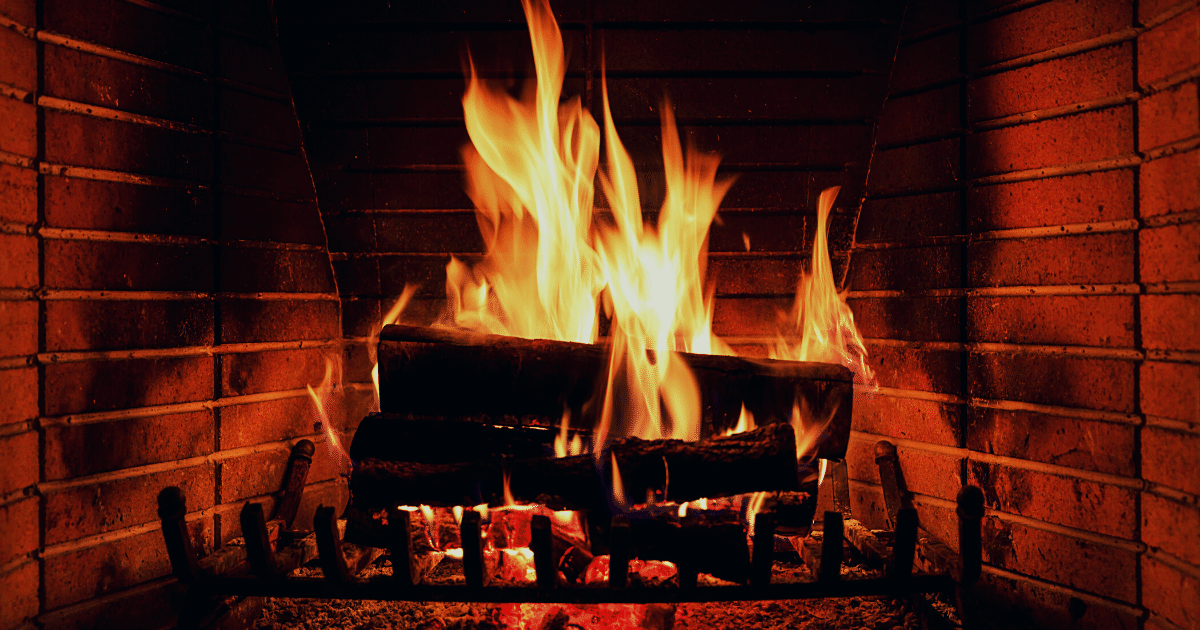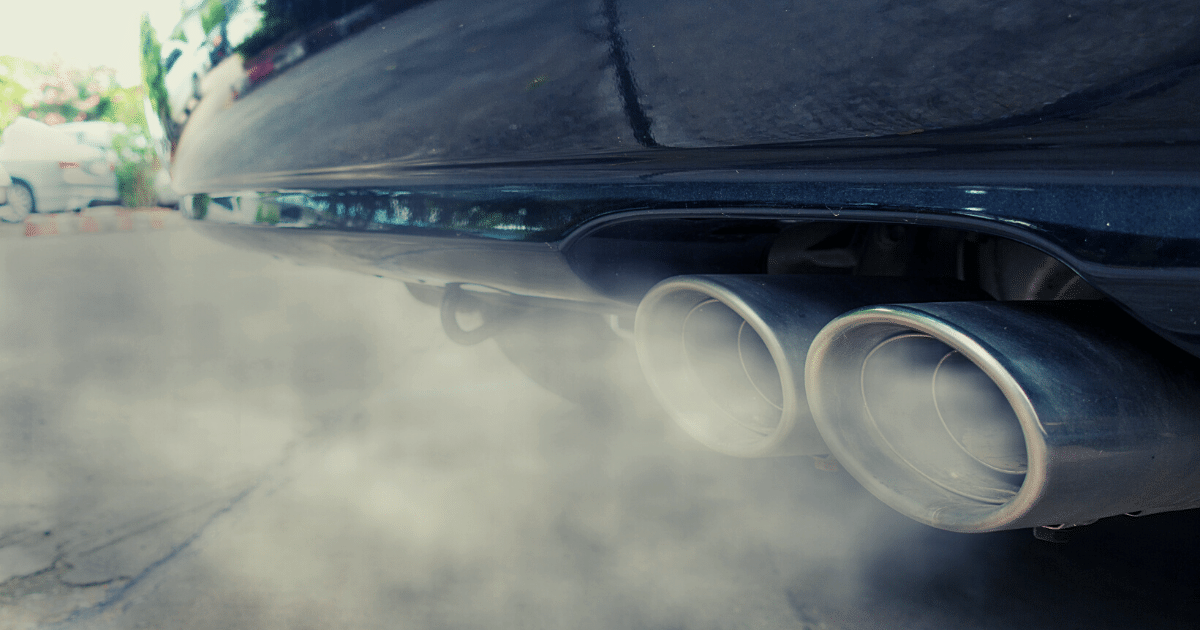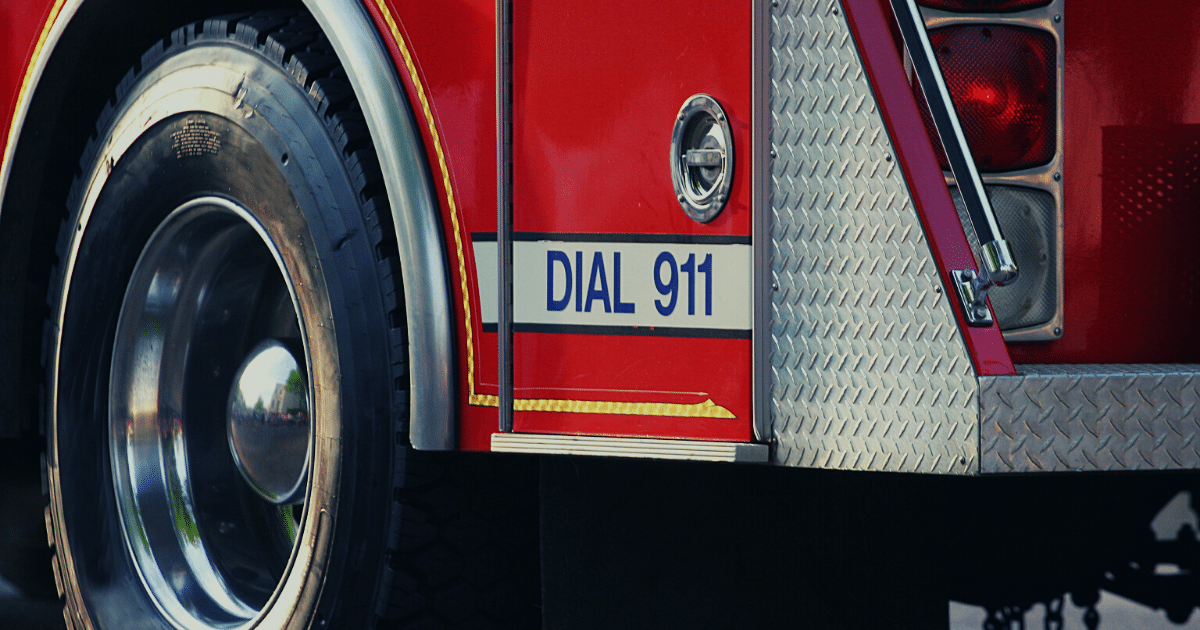Often called the “silent killer,” carbon monoxide (CO) is an odorless, colorless gas that claims more than 400 American lives each year, sends 20,000 to the emergency room, and hospitalizes more than 4,000.
It is an indiscriminate killer, striking its victims when they’re unaware or asleep. This poisonous gas is produced by burning fuel in vehicles, stoves, lanterns, fireplaces, gas ranges, furnaces small engines, and portable generators. Here are tips for keeping you, your family, and pets safe from it.

Prevention Tips For Your Home
Here are top strategies to prevent an inadvertent CO leak or exposure in your home.
-
- Install at least one battery-operated or battery back-up CO detector on each floor of your home, including the basement and garage (if it’s attached). Detectors on your main floors should be inside or directly outside the bedroom or sleeping areas.
- Test your alarm(s) monthly, replace batteries every six months and replace the units themselves every five years.
- Maintain yearly inspection schedules for your heating system, furnace, water heater, fireplace, chimney, and any other gas or coal-burning appliances.
- When buying gas appliances, only buy those carrying the seal of a national testing agency.
- Make sure all gas appliances are vented properly.
- Never burn charcoal or use a generator or portable gas camp stove indoors.
- If you smell an odor coming from your gas refrigerator, have an expert check it – the odor could indicate it’s leaking CO.

Prevention Tips for Your Car
Your vehicle actively produces CO every time you start the engine, so do the following to stay safe.
-
- Take your vehicle to a trusted mechanic yearly for an exhaust system check. Small leaks can cause CO buildup inside your car.
- Do not run your vehicle inside an attached garage, even with the garage door open.
- If your car has a tailgate, make sure you open vents or windows anytime you open the tailgate while the engine is running – if you open only the tailgate, CO fumes will be pulled into the passenger area.

Symptoms of CO Poisoning
It’s important to know that symptoms can vary in terms of severity, and often mild symptoms are mistaken for the flu (although without fever).
-
- Low to moderate poisoning results in:
- Fatigue
- Headache
- Nausea
- Dizziness
- High-level poisoning results in:
- Confusion
- Vomiting
- Loss of muscular coordination
- Loss of consciousness
- Ultimately death
- Low to moderate poisoning results in:
If you or a family member are experiencing any of these symptoms get outside to fresh air immediately then call 911.

When Your Carbon Monoxide Alarm Sounds
First off, you should know – from regular testing – what the different beep sequences and alarm sounds mean. For instance, there may be different beep patterns indicating low batteries, a detector that needs to be replaced, and a true CO emergency. When you hear the CO emergency signal:
- Do not try to find the source of the leak – instead, immediately move outside to fresh air.
- Call 911, emergency services, or the fire department.
- Do a headcount for all family members and pets (do you have a family emergency plan in place?)
- Do not re-enter your home until emergency responders have given word that it’s safe to do so.
When it comes to carbon monoxide poisoning, it’s best to err on the side of abundant caution. A person can be poisoned by a small amount of the gas over a long period of time, or by a large amount during a short time. The measures above should keep both your indoor air quality and your family safe and healthy.
This article is furnished by California Casualty, providing auto and home insurance to educators, law enforcement officers, firefighters, and nurses. Get a quote at 1.866.704.8614 or www.calcas.com.
- Graduation – When to Remove Your Child from Your Auto Policy - May 18, 2023
- How to Prevent Catalytic Converter Theft - May 17, 2023
- How Much Does Home Insurance Cost? - May 17, 2023

